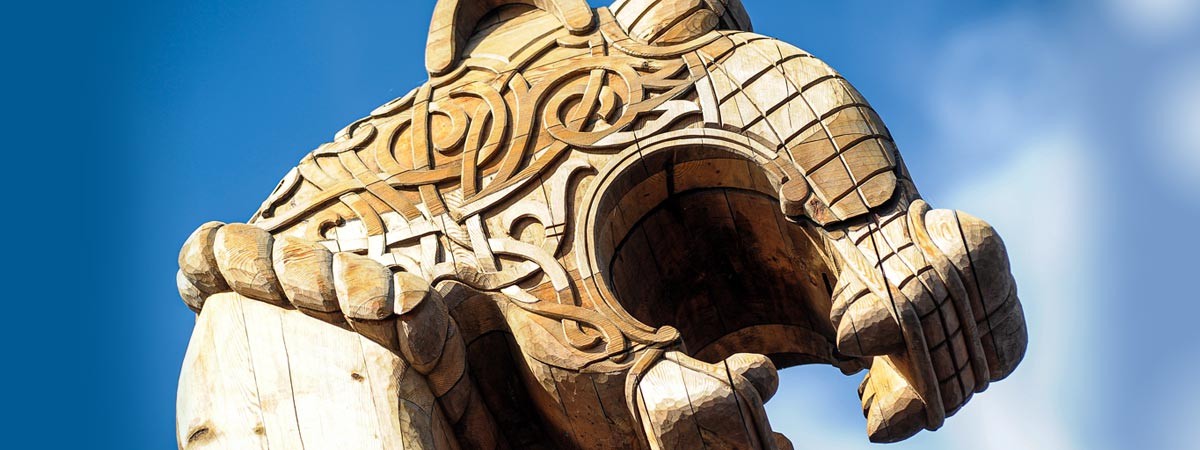The discovery of an artifact from thousands of years ago, still perfectly preserved, is an archeologist’s dream. However, without the proper care and attention, finds made from organic materials can decay rapidly once brought to the surface. But there are ways to stop these chemical and structural changes in their tracks, allowing the pieces to be studied at leisure and safely put on display in the museum.

Vacuum in the Museum
Preserving fragile artifacts
Organic materials decay. Those that have already existed for thousands of years even more easily. A special treatment using vacuum, provided by vacuum pumps from Busch, helps make sure that freshly excavated wooden archaeological finds can be preserved for generations to come.
The discovery of an artifact from thousands of years ago, still perfectly preserved, is an archeologist’s dream. However, without the proper care and attention, finds made from organic materials can decay rapidly once brought to the surface. But there are ways to stop these chemical and structural changes in their tracks, allowing the pieces to be studied at leisure and safely put on display in the museum.
The discovery of an artifact from thousands of years ago, still perfectly preserved, is an archeologist’s dream. However, without the proper care and attention, finds made from organic materials can decay rapidly once brought to the surface. But there are ways to stop these chemical and structural changes in their tracks, allowing the pieces to be studied at leisure and safely put on display in the museum.
Nature’s window to the past
While water will keep certain materials preserved to an extent, there is another natural environment that does an even better job. Peat bogs are well known for their conservational properties. These wetlands are found in cool, damp parts of the world. Even human remains uncovered there are eerily recognizable thousands of years later and are an invaluable resource for researchers. Bogs are made of slowly decaying plant matter that has gradually built up over thousands of years. They form in areas of poor drainage, so over time, the plant matter becomes completely waterlogged. Moss then covers the bog, stopping oxygen getting in, slowing decay, and creating an acidic atmosphere that inhibits microbial growth. This environment means that any bodies that found their way into the bogs many thousands of years ago look strangely like they have just fallen asleep, with their facial expressions, stubble, and even their wrinkles frozen in time. However, not just human and animal remains are preserved; other finds such as weapons, musical instruments, and even a still-legible bible from more than 1000 years ago have been unearthed, perfectly preserved.
While water will keep certain materials preserved to an extent, there is another natural environment that does an even better job. Peat bogs are well known for their conservational properties. These wetlands are found in cool, damp parts of the world. Even human remains uncovered there are eerily recognizable thousands of years later and are an invaluable resource for researchers. Bogs are made of slowly decaying plant matter that has gradually built up over thousands of years. They form in areas of poor drainage, so over time, the plant matter becomes completely waterlogged. Moss then covers the bog, stopping oxygen getting in, slowing decay, and creating an acidic atmosphere that inhibits microbial growth. This environment means that any bodies that found their way into the bogs many thousands of years ago look strangely like they have just fallen asleep, with their facial expressions, stubble, and even their wrinkles frozen in time. However, not just human and animal remains are preserved; other finds such as weapons, musical instruments, and even a still-legible bible from more than 1000 years ago have been unearthed, perfectly preserved.